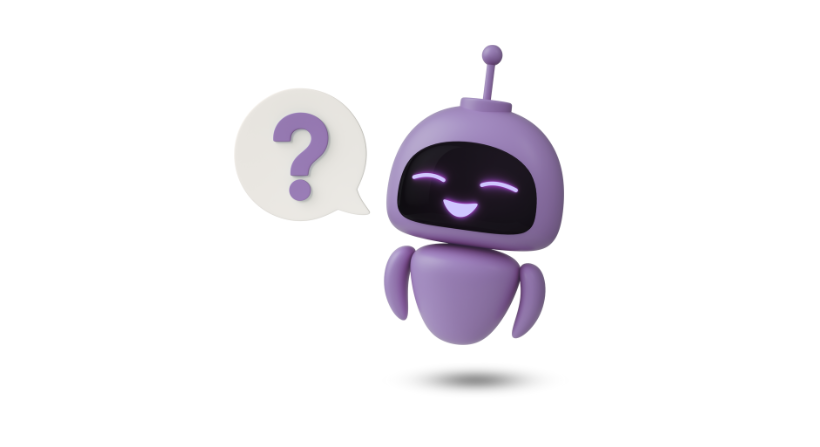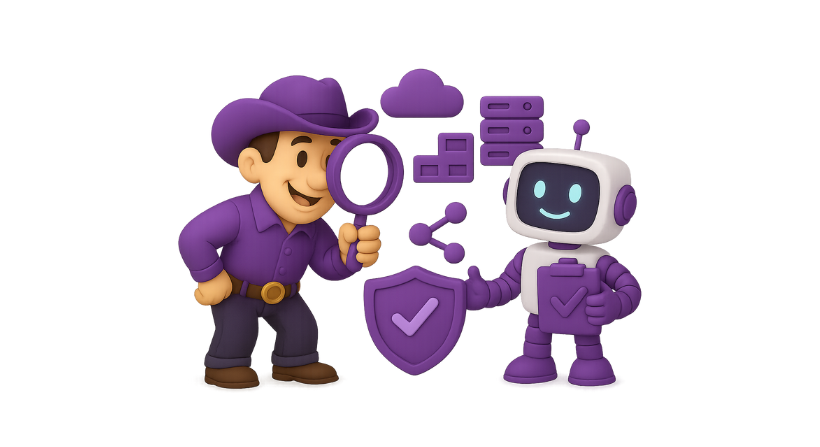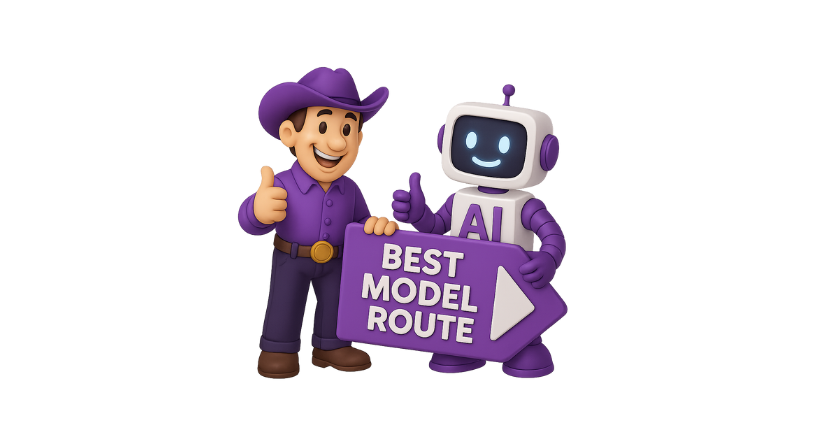In today’s AI-driven economy, businesses are relying more than ever on large language models (LLMs) like GPT‑4, Claude, and Gemini. These models power product features, chatbots, internal tools, content workflows, and more. But as adoption grows, so do the questions:
Which model gives the best performance for the price? Where should teams invest? How can leaders measure real ROI?
This blog breaks down the strengths, weaknesses, and cost-efficiency of each model. You’ll get practical insights to help you choose the right model for your business and learn how WrangleAI helps you optimise usage across all three.
Understanding the Models
GPT‑4: Reliable Power and Accuracy
GPT‑4, developed by OpenAI, has become the industry standard for high-quality outputs. It performs well across a wide range of tasks: writing, coding, reasoning, customer support, and document processing.
Many businesses prefer GPT‑4 for its advanced understanding of prompts, ability to follow instructions, and consistency. It’s especially effective when precision, nuance, and logic are needed.
However, GPT‑4 also comes with higher cost. Because of its token pricing, teams that use it heavily for lower-impact tasks often see their costs spike.
Claude: Built for Business Logic and Safety
Claude is developed by Anthropic and designed with safety, long-context handling, and enterprise readiness in mind. It’s excellent at summarising, legal workflows, research tasks, and producing helpful, direct responses.
Claude models (especially the latest versions) are known to be more aligned, less biased, and easier to use for reasoning-heavy tasks. For teams that value clarity and compliance, Claude can provide a strong return.
That said, Claude’s pricing is also premium. It may not be the best choice for high-volume low-importance tasks unless cost controls are in place.
Gemini: Cost-Effective, Multimodal, Scalable
Gemini, built by Google, is a fast-growing alternative. Gemini is built for speed, scale, and multimodal use—supporting large input sizes, image understanding, and broad token context windows.
Gemini’s value often lies in cost efficiency. Its pricing per token tends to be lower than GPT‑4 or Claude, which makes it a favourite for businesses managing large-scale workloads, experimentation, or customer service flows.
However, its performance may vary based on the task. Gemini is ideal for use cases where turnaround time and budget matter more than ultra-precise language outputs.
Comparing ROI: It’s Not Just About Performance
Many leaders default to asking: “Which model is better?”
A better question is: “Which model performs well enough for the cost and for the job?”
Let’s break it down by ROI factors:
1. Output quality
- GPT‑4 delivers strong reasoning and rich content.
- Claude is focused, safe, and clear.
- Gemini is functional and fast, especially with longer inputs.
2. Cost per token
- GPT‑4 is often the most expensive.
- Claude is competitive and priced for enterprise.
- Gemini is typically the most affordable.
3. Best-fit scenarios
- GPT‑4: High-value content, strategic AI features, deep Q&A.
- Claude: Policy docs, summarisation, regulated workflows.
- Gemini: Internal tools, bulk content, chat automation.
If your team is using GPT‑4 for everything including simple tasks, you’re likely overpaying. If you’re scaling fast with Claude or Gemini, but don’t have usage controls, your AI costs could still spiral.
This is where AI cost visibility becomes essential.
Why Teams Are Struggling with ROI Today
Here’s the challenge: Most teams don’t know how much each model costs per use. They have little to no insight into prompt inefficiencies, redundant requests, or usage by department.
Without visibility, they cannot:
- Forecast AI budget across products
- Attribute usage to teams or apps
- Identify model mismatch
- Control overages or set limits
It’s not about choosing the “best” model. It’s about tracking and optimising the right model for each task.
How to Get the Best ROI from GPT‑4, Claude, and Gemini
Here’s a practical framework:
1. Match model to task
Use GPT‑4 for product features where quality impacts revenue. Use Claude for knowledge work or enterprise workflows. Use Gemini for speed-based or bulk tasks.
2. Audit prompt design
Long, wordy prompts burn tokens quickly. Trim prompts, reuse templates, and use WrangleAI to flag expensive ones.
3. Monitor usage by team
Track who’s using what and why. Assign model usage to teams, projects, or experiments.
4. Set thresholds
Add budgets and caps to prevent surprise bills. Automate alerts before spending gets out of hand.
5. Use smart routing
WrangleAI lets you automatically route requests to the cheapest suitable model. For example, simple summaries can go to Gemini; product updates can use GPT‑4.
Why WrangleAI Is the ROI Engine for AI Teams
WrangleAI is built to help teams see, control, and optimise their LLM usage. Whether you’re using GPT‑4, Claude, Gemini, or all three WrangleAI gives you the control plane to reduce cost without slowing down your team.
Here’s how:
- Unified AI Usage Tracking: One dashboard for all LLM providers.
- Cost Attribution by Team/Product: Group usage by department or feature.
- Optimised Routing: Automatically route to the best-fit model.
- Prompt Auditing: Find expensive prompts before they explode costs.
- Spend Alerts & Caps: Stay in control of every token.
Without WrangleAI, most teams operate in the dark. With it, you unlock smarter spending, better planning, and higher returns from your AI investment.
Quick link: AI Usage Monitoring Software
Conclusion
Choosing between GPT‑4, Claude, and Gemini isn’t about picking a winner. It’s about using each model for what it does best, while keeping a close eye on cost, performance, and business impact.
By aligning models with the right task, trimming inefficiencies, and tracking usage, you can increase ROI without sacrificing speed or quality.
And with WrangleAI, you don’t need to do it manually. We help you take control—across all your LLM tools, workflows, and teams.
Ready to start tracking, routing, and saving on AI usage?
Request a free demo at wrangleai.com
FAQs
Which model is most cost-effective for large workloads?
Gemini is generally more affordable for large-volume or bulk automation tasks.
Can I use all three models in one workflow?
Yes. WrangleAI helps you manage usage across all models in one place and route requests based on task type.
How does WrangleAI help with model cost tracking?
WrangleAI provides unified dashboards, cost attribution, prompt analysis, and smart model routing to optimise spend and improve ROI.




